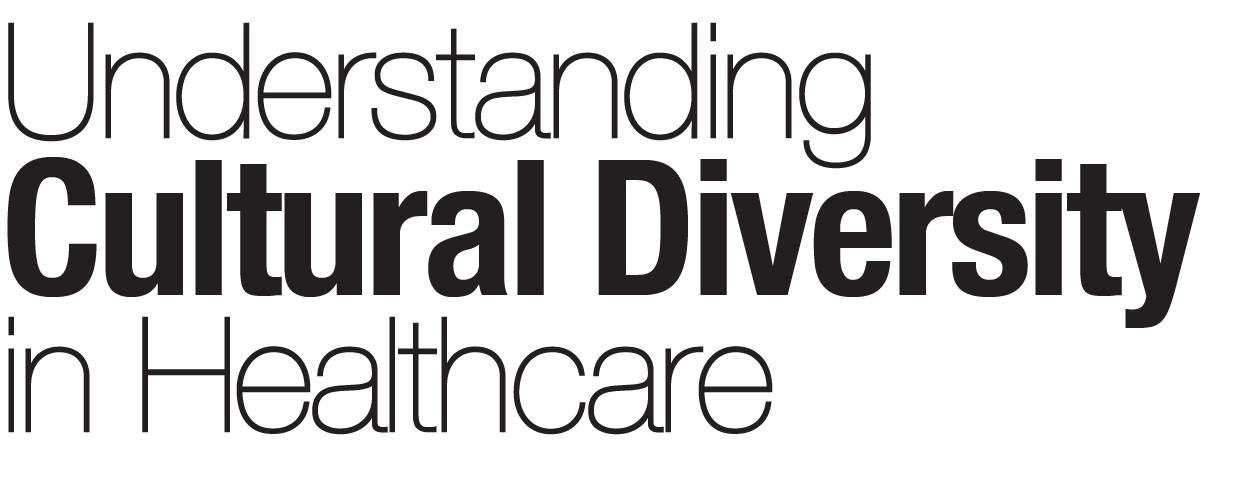Here is a case study of what can go wrong when cultural factors are not taken into account.
Maria was a 4-month-old Hispanic infant with a history of Down’s syndrome and an ASD/VSD congenital anomaly. After her cardiac surgery, she had several complications that resulted in a lengthy ICU stay. During that time she had two cardio-pulmonary arrests, which resulted in the need to try to contact her parents. Her parents visited infrequently due to work obligations and the need to care for their other children. They were Spanish speaking, which made it difficult for the staff to have any type of on-going communication and contact with the parents.
After the second cardiac arrest, the physician attempted to contact the parents by calling the phone number on the chart. The number turned out to be that of the eldest daughter, who was only 21 years of age. The daughter began to cry and told the physician that she had never been able to tell her mother how sick Maria was, knowing she would not want to hear news like that about her own child. She continued to state that she did not want to be used as an interpreter.
A conference was scheduled between the parents, physicians, social work and interpreter. This conference resulted in the parents stating that if the “child’s heart stopped, then God must want her” and they wanted nothing further done. However they consented to a trachesotomy and a G-tube because they were told the child would be “more comfortable.”
The child was hospitalized for 8 months. The family was unable to learn to provide the care required for a child with multiple needs such as Maria. She was placed in foster care and and became a ward of the state.
There are several things that could have changed the outcome. First would have been the consistent use of a professional interpreter. It is usually a bad idea to use a family member as interpreter. In this case, the family member did not tell the family the truth about the child’s condition. Second would have been greater continuity in terms of the health care providers assigned to care for Maria. A number of different health care providers had only sporadic contact with the family and thus no one truly understood the family dynamics. Third would have been following the stated wishes of the family, who wanted nothing more to be done for Maria. The interventions of a tracheostomy and G-tube resulted in the parents being unable to care for the child or take her home. Maria had to be placed in foster care. Finally would have been an understanding and acknowledgement by the staff of the religious beliefs of the family–the belief that God had the ultimate say in what happened to their daughter.
The fact that the child could live well into her 20’s not only has an emotional impact but a huge financial impact and will end up costing the sate of Indiana and the welfare system thousands of dollars.
